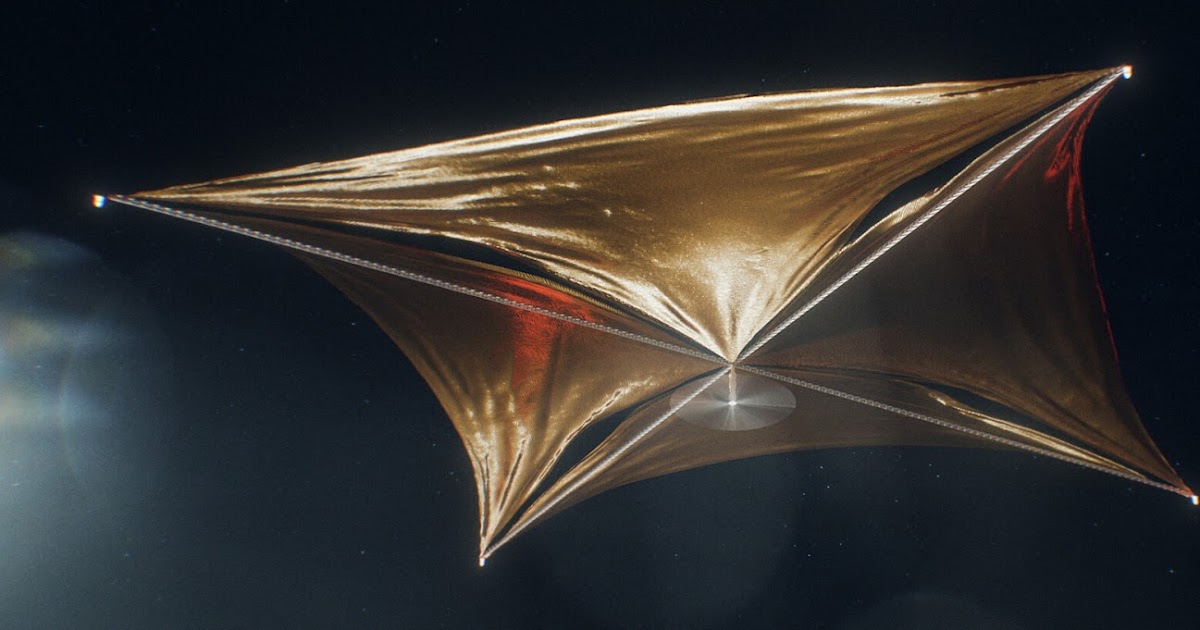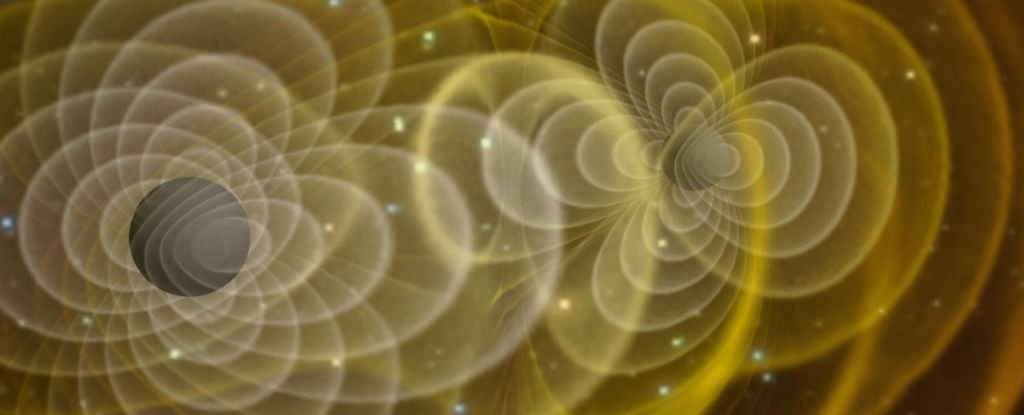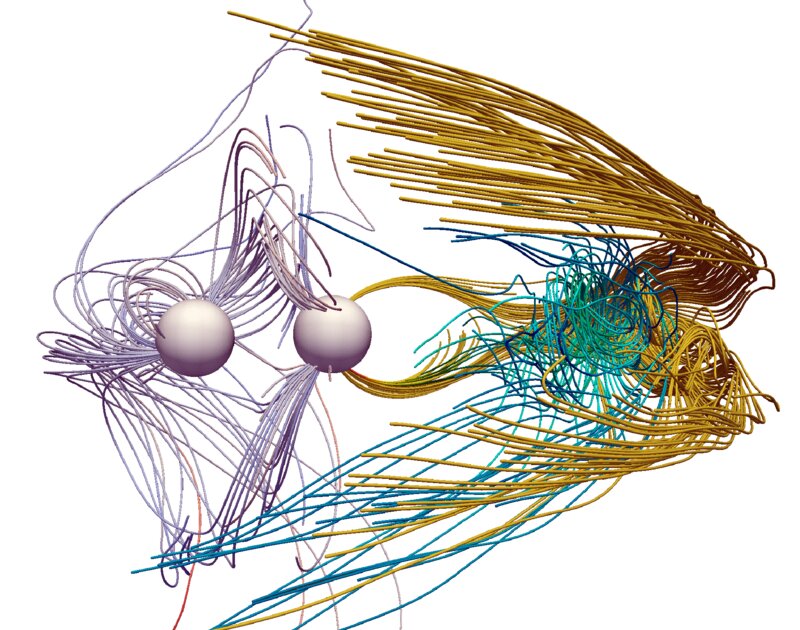- Joined
- 1 May 2007
- Messages
- 2,460
- Reaction score
- 1,453
cheers,
Robin.
Interesting story, thanks for the link. Much like 99.99999999% of people, to me Conan Doyle = Sherlock Holmes.
Using NASA's Swift observatory and ESA's XMM-Newton satellite, Indian astronomers have inspected a prominent high synchrotron peaked blazar known as 1ES 1959+650. Results of the study, published May 5 on the arXiv pre-print server, shed more light on the nature of this source.
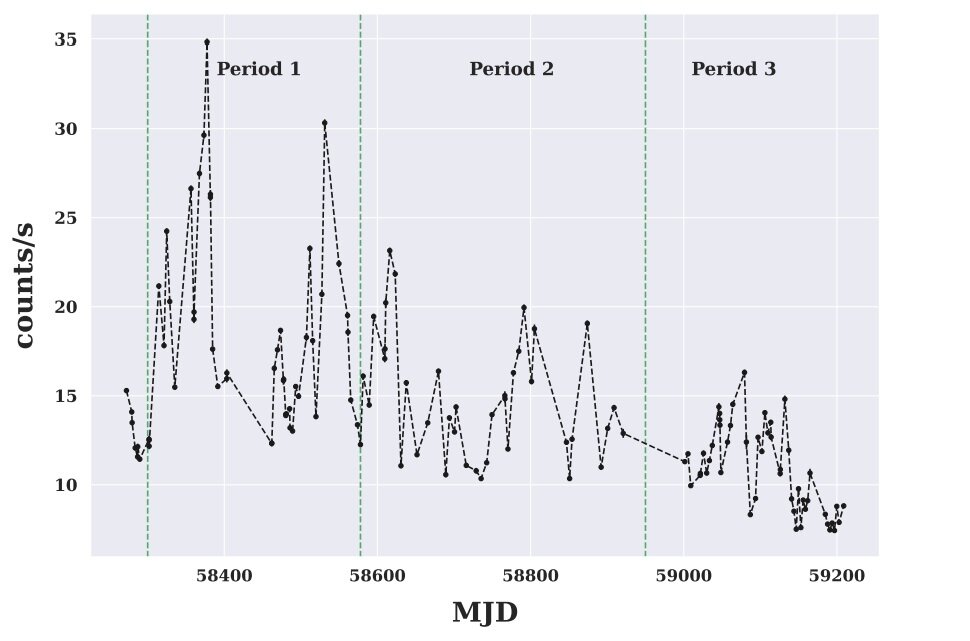
An international team of astronomers reports the detection of a new "super-Earth" exoplanet using NASA's Transiting Exoplanet Survey Satellite (TESS). The newfound alien world, designated TOI-244 b, turns out to have an unusually low density. The finding was reported in a paper published May 8 on the arXiv preprint server.
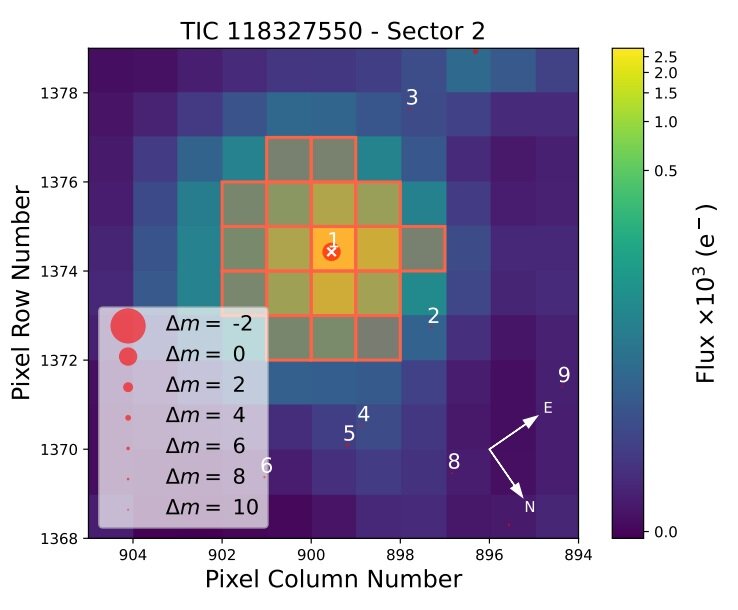
Using the MeerKAT radio telescope, European astronomers have serendipitously discovered a new radio nebula during observations of the black hole binary GRS 1915+105. The newfound object, dubbed "the Mini Mouse," is a young radio pulsar escaping its birth site and therefore creating a radio nebula with a cometary-like morphology. The finding was reported in a paper published May 10 on the arXiv preprint server.
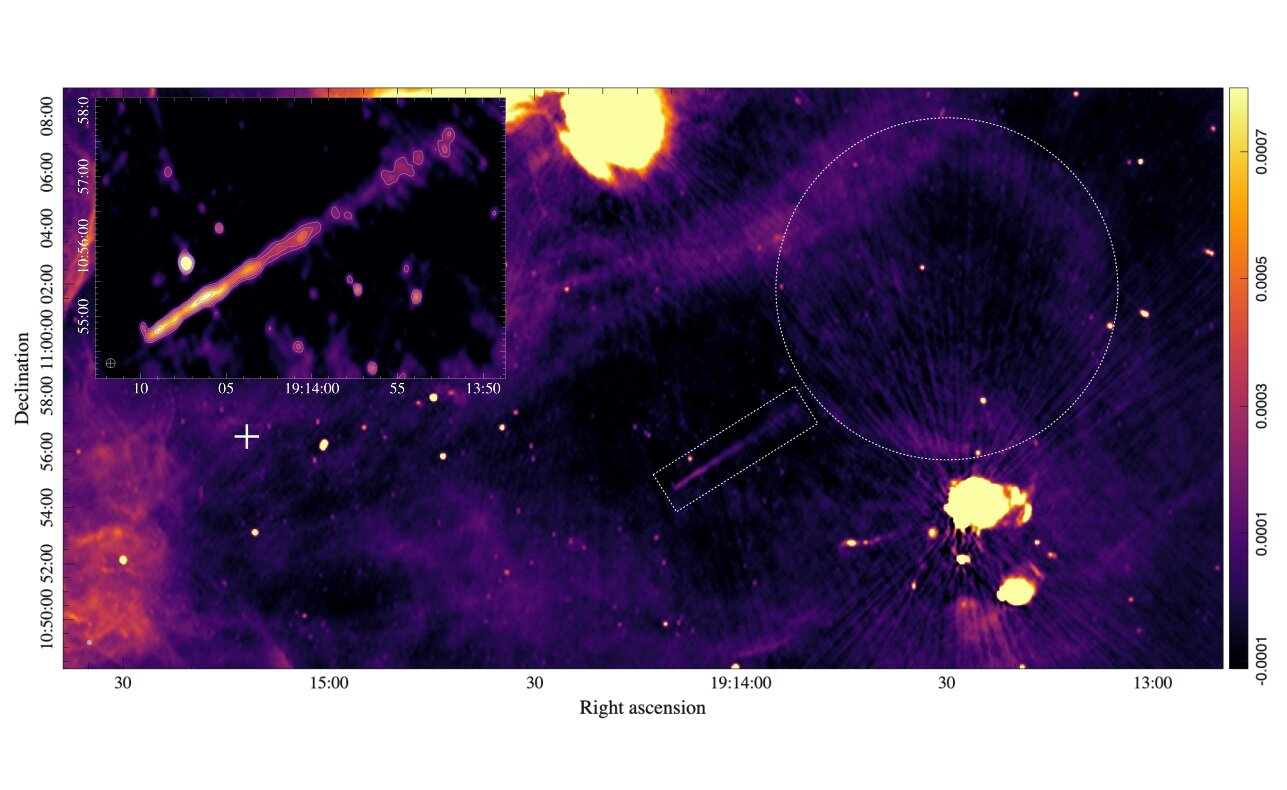
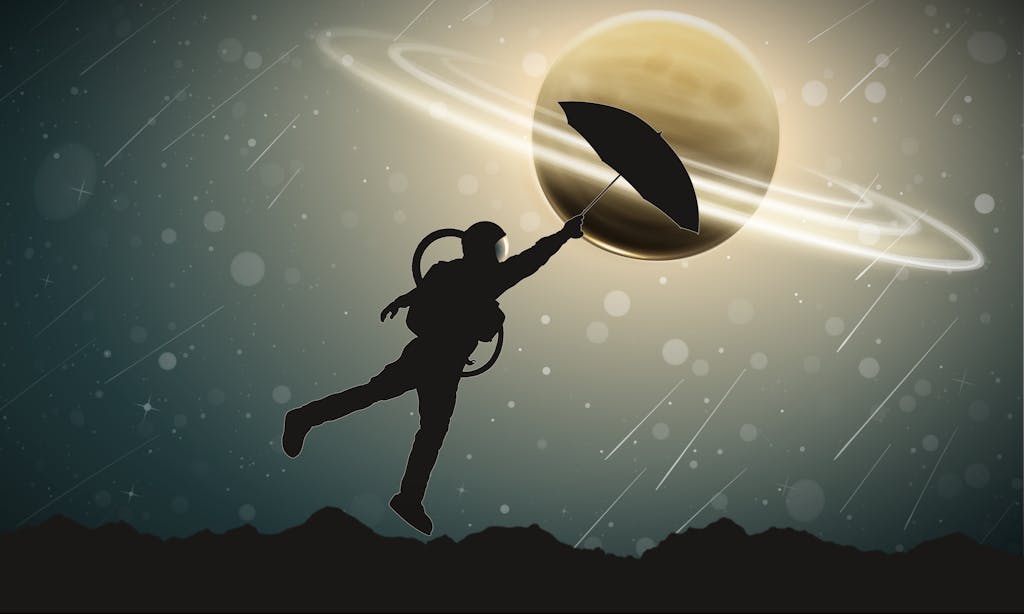

 www.planet.enterprises
www.planet.enterprises


New measurements suggest that the Milky Way galaxy may have a different shape than we thought.
This led the astronomers to suggest that the Milky Way is a barred spiral galaxy with just two main arms extending from this dense central bar.
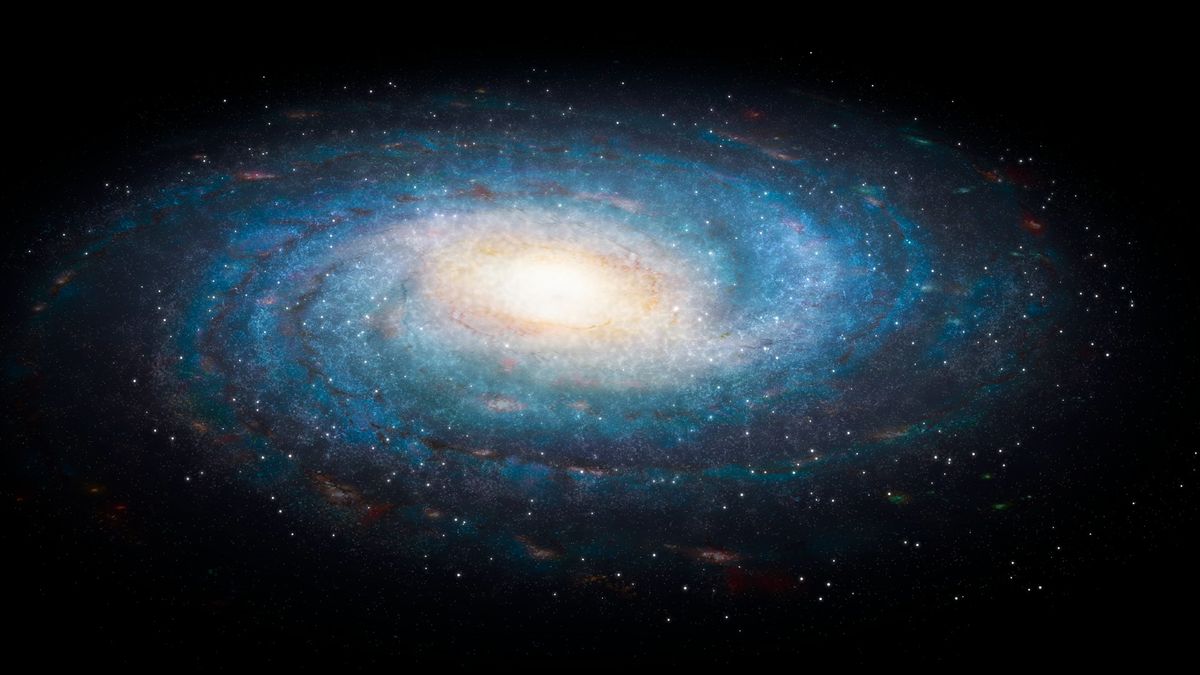
Abstract
In spite of much work, the overall spiral structure morphology of the Milky Way remains somewhat uncertain. In the last two decades, accurate distance measurements have provided us with an opportunity to solve this issue. Using the precise locations of very young objects, for the first time, we propose that our galaxy has a multiple-arm morphology that consists of two-arm symmetry (the Perseus and Norma Arms) in the inner parts and that extends to the outer parts, where there are several long, irregular arms (the Centaurus, Sagittarius, Carina, Outer, and Local Arms).
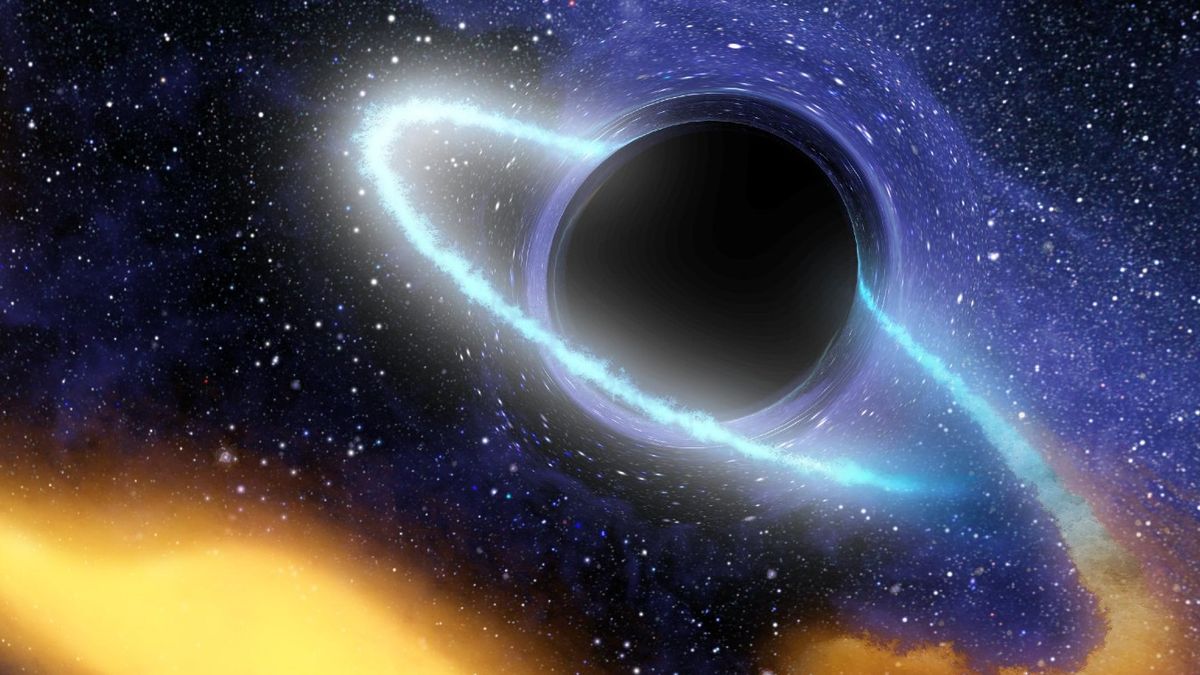
According to new observations detailed in a paper published in Geophysical Research Letters, Uranus most likely has a polar vortex swirling around its north pole, too. These types of cyclones have been observed on almost every other planet in our solar system, save for Mercury, which NASA explains has no “substantial” atmosphere, making it impossible to form a vortex.
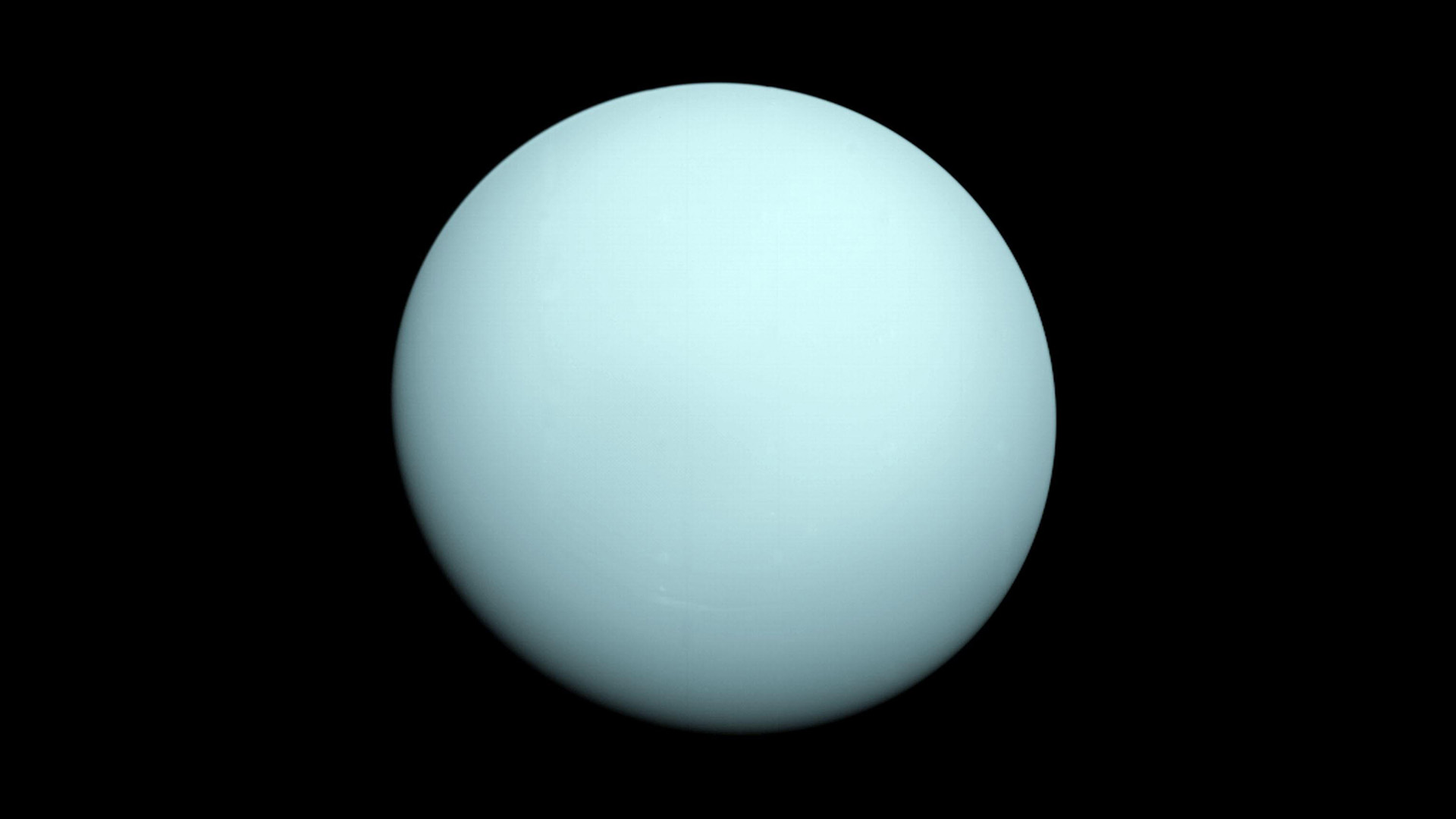
Using NASA's Transiting Exoplanet Survey Satellite (TESS), an international team of astronomers has discovered a new hot, bloated "super-Neptune" exoplanet. The newfound alien world, designated TOI-2498 b, is about six times larger and 35 times more massive than the Earth. The finding was published May 16 in Monthly Notices of the Royal Astronomical Society.
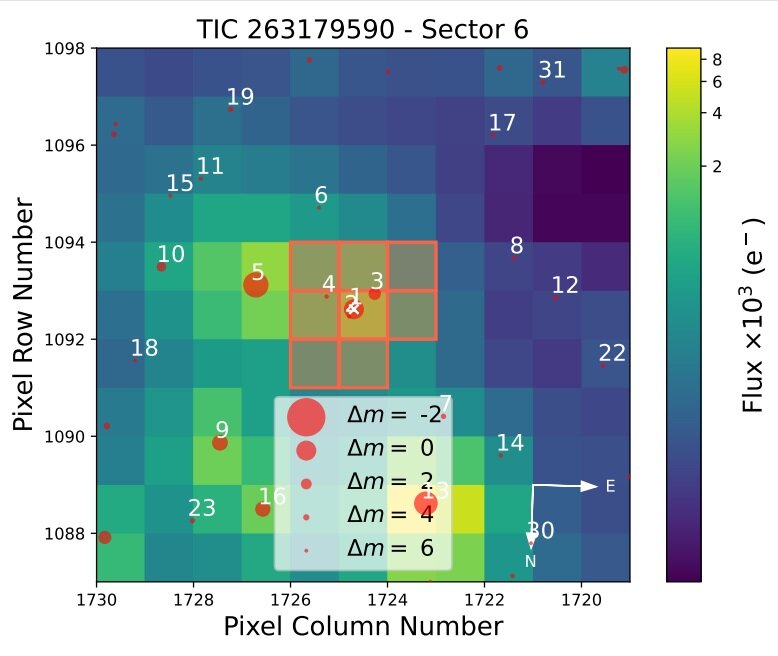
On Wednesday, the LIGO-Virgo-KAGRA (LVK) collaboration began a new observing run with upgraded instruments, new and even more accurate signal models, and more advanced data analysis methods. The LVK collaboration consists of scientists across the globe who use a network of observatories — LIGO in the United States, Virgo in Europe, and KAGRA in Japan — to search for gravitational waves, or ripples in space-time, generated by colliding black holes and other extreme cosmic events.
This observing run, known as O4, promises to take gravitational-wave astronomy to the next level. Beginning on May 24 and lasting 20 months, including up to two months of commissioning breaks, O4 will be the most sensitive search yet for gravitational waves. LIGO will resume operations May 24, while Virgo will join later in the year. KAGRA will join for one month, beginning May 24, rejoining later in the run after some upgrades.
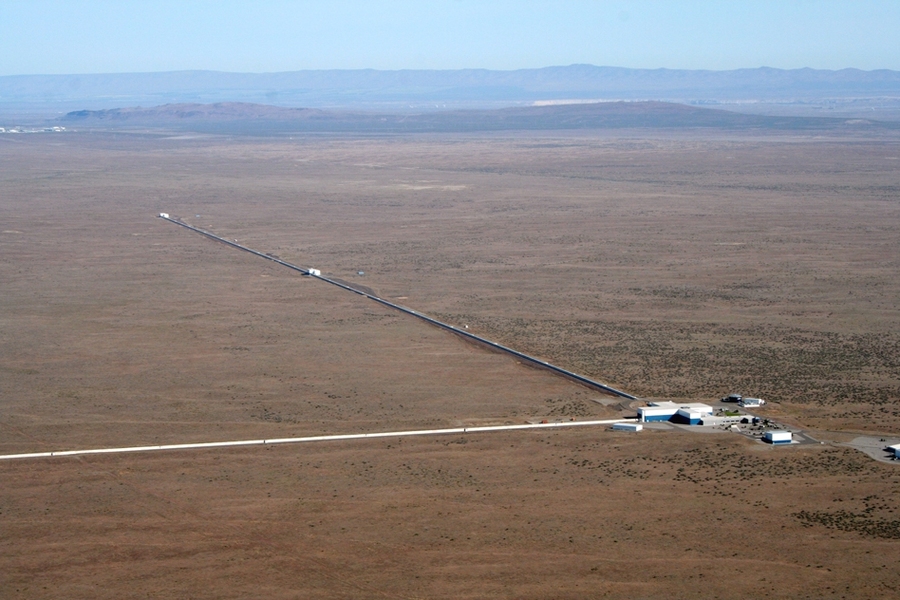
An international team of astronomers reports the detection of a new, hot-dust-obscured galaxy (DOG). The galaxy, which received designation WISE J190445.04+485308.9, was found at a relatively low redshift of 0.415, which makes it the first confirmed low-redshift hot DOG. The discovery was presented in a paper published May 23 on the arXiv preprint server.
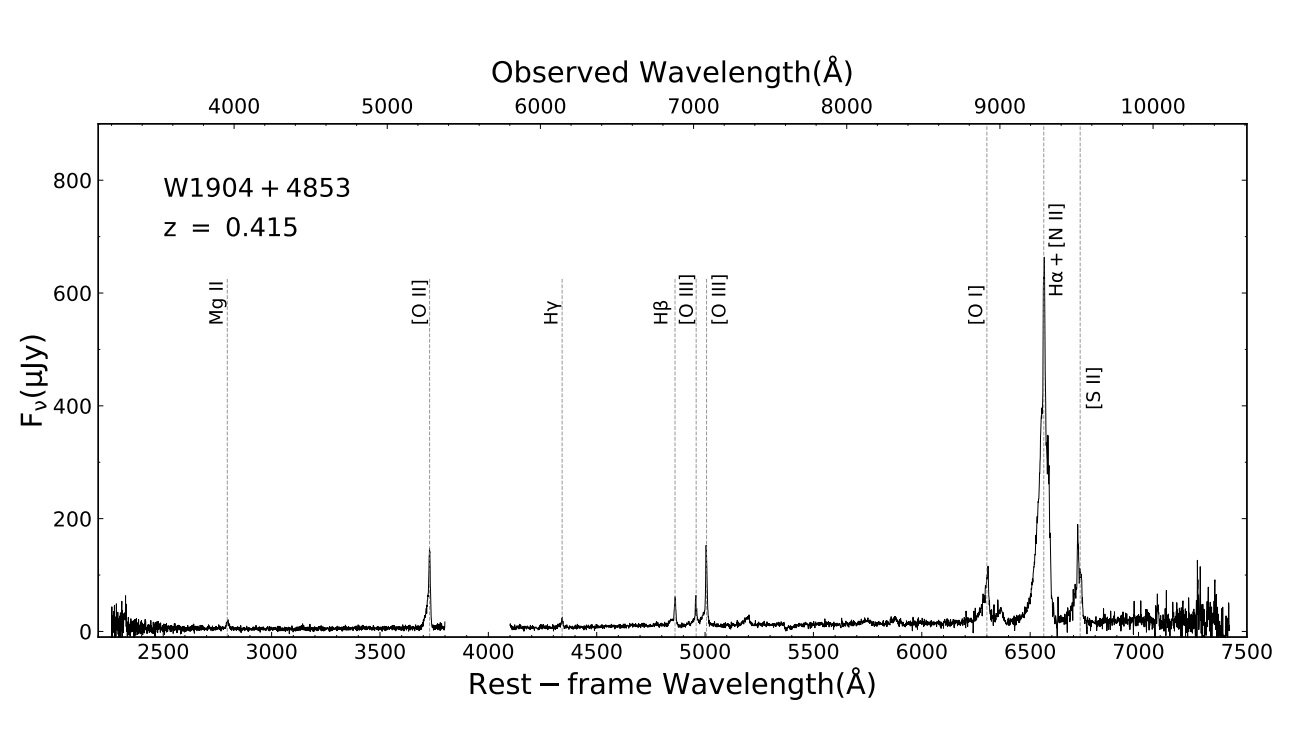
Using NASA's Neil Gherels Swift Observatory, Indian astronomers have observed a blazar known as OJ 287. Results of the observational campaign, published May 25 on the arXiv pre-print server, shed more light on the spectral changes of OJ 287, improving our knowledge about the behavior of this source.
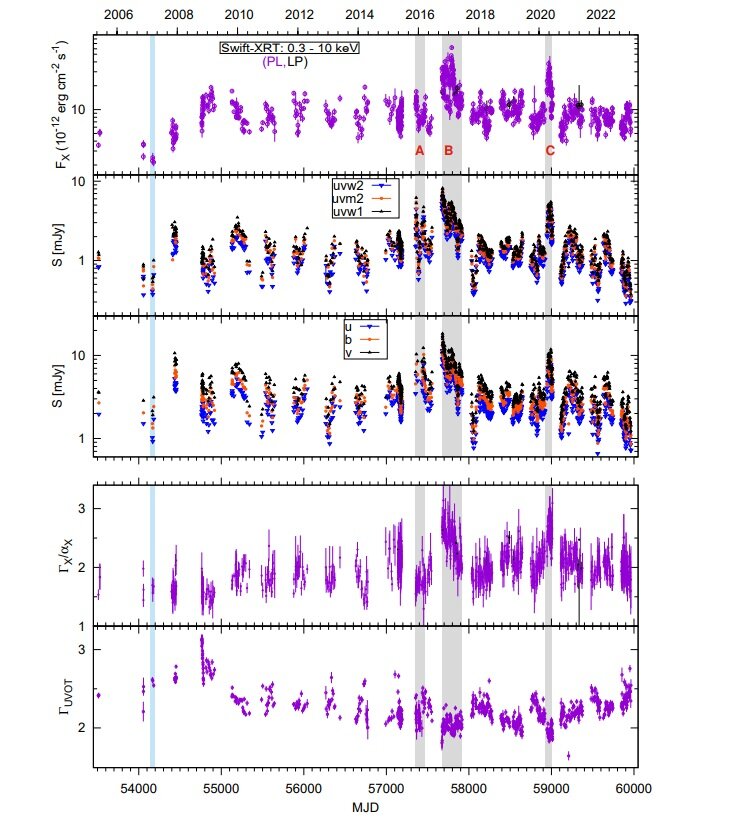
Using the Hard X-ray Modulation Telescope (HXMT) and the Neutron star Interior Composition Explorer (NICER), astronomers from China and India have observed two X-ray binaries known as GX 339−4 and EXO 1846−031. Results of the observational campaign, published May 29 on the arXiv pre-print repository, reveal essential information regarding the evolution of quasi-periodic oscillations (QPOs) identified in these systems.
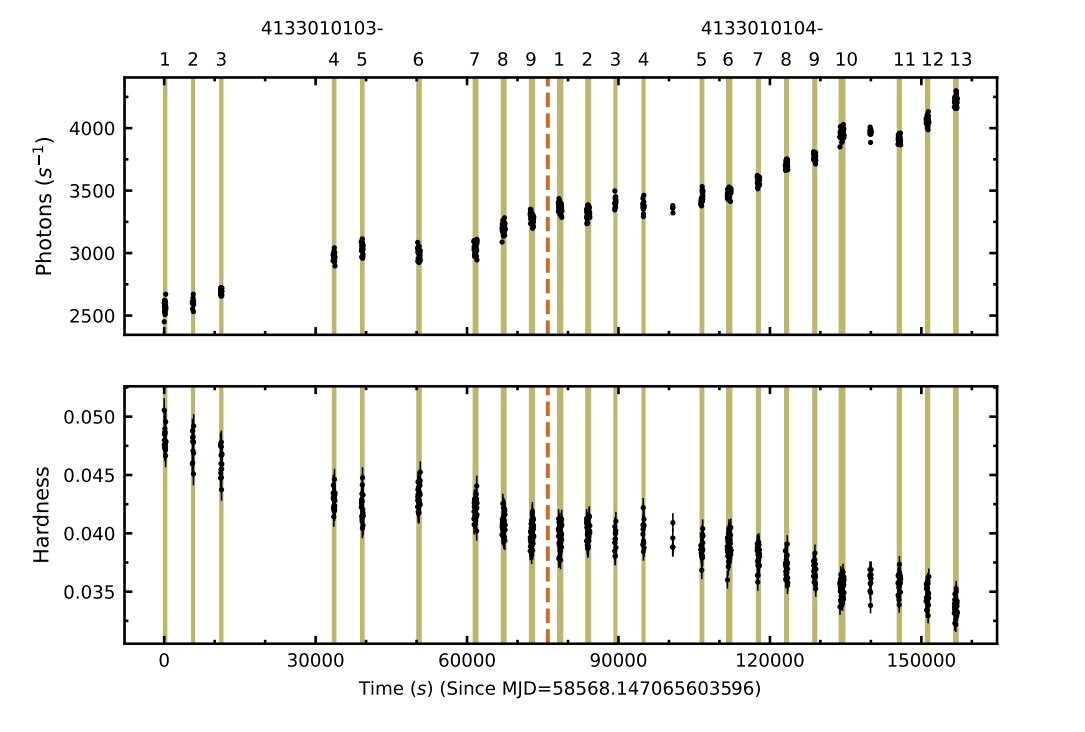
With the help of the CHEOPS space telescope an international team of European astronomers managed to clearly identify the existence of four new exoplanets. The four mini-Neptunes are smaller and cooler, and more difficult to find than the so-called Hot Jupiter exoplanets which have been found in abundance. Two of the four resulting papers are led by researchers from the University of Bern and the University of Geneva who are also members of the National Centre of Competence in Research (NCCR) PlanetS.
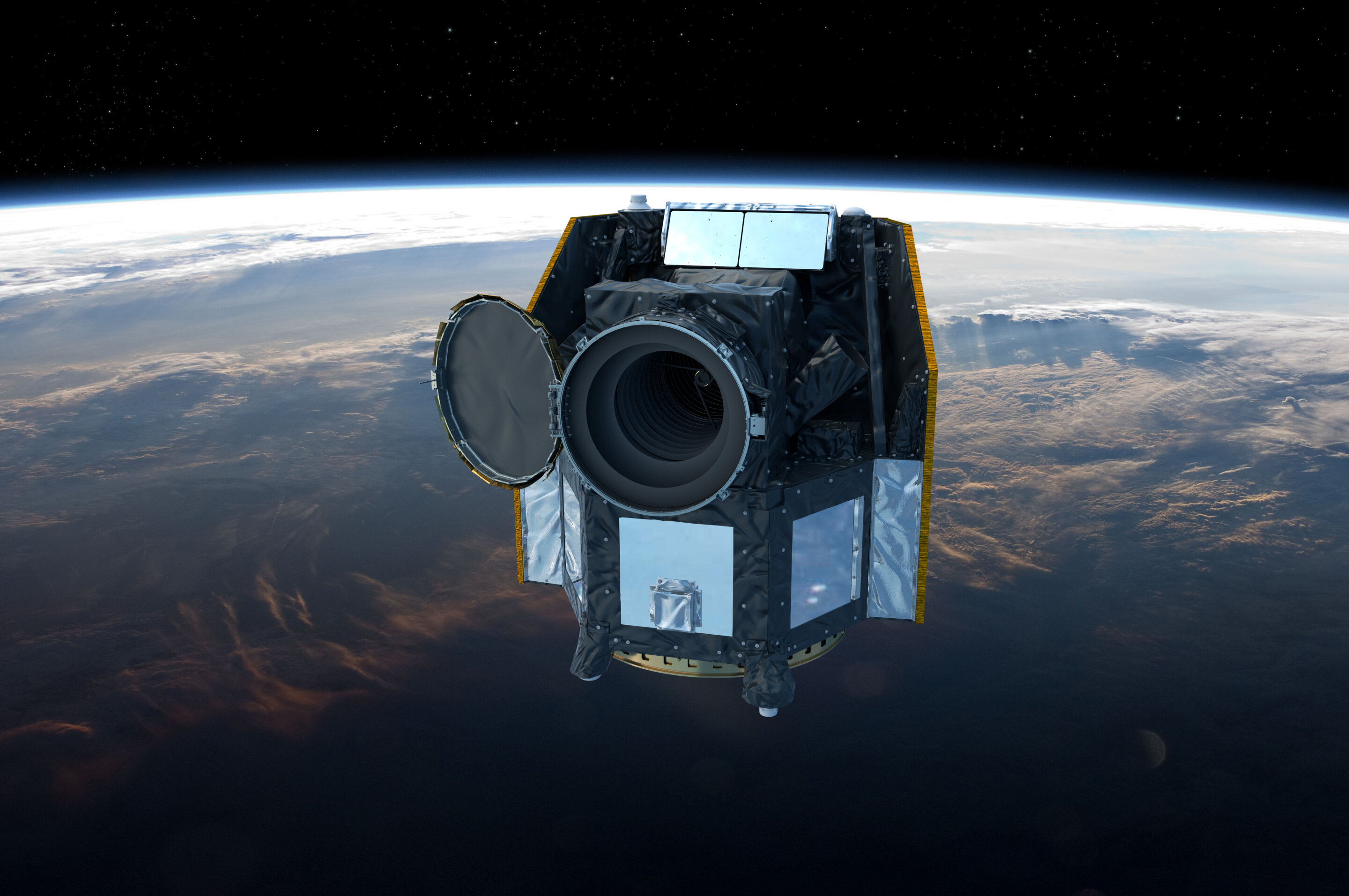
An international team of astronomers has announced the second-ever discovery of a multiplanetary circumbinary system.
Circumbinary systems contain planets that orbit around two stars in the center instead of just one, like in our solar system. Circumbinary planets orbit around both stars at once. The discovery, led by researchers at the University of Birmingham, is reported in the journal Nature Astronomy.
The newly discovered planet is called BEBOP-1c, after the name of the project that collected the data. BEBOP stands for Binaries Escorted By Orbiting Planets. The BEBOP-1 system is also known as TOI-1338.

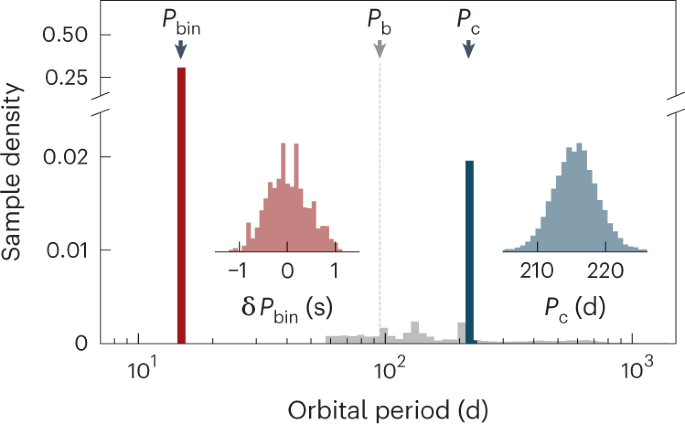
An international team of astronomers reports the detection of 12 new long-rising Type II supernovae as part of the Zwicky Transient Facility (ZTF) Census of the Local Universe (CLU). The discovery, published June 1 on the arXiv pre-print repository, nearly doubles the number of known supernovae of this subclass.
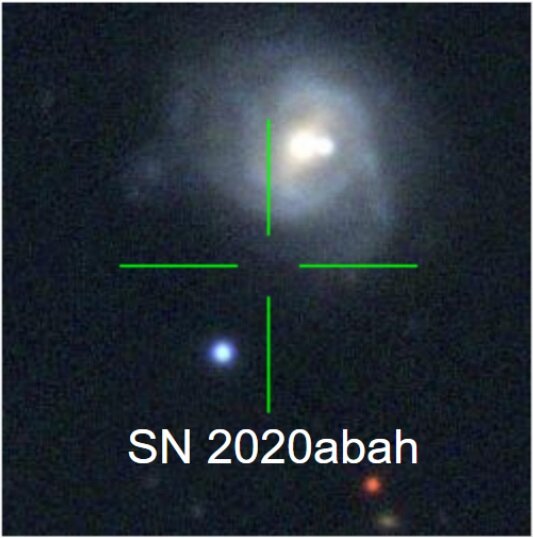
Using the Five-hundred-meter Aperture Spherical Radio Telescope (FAST), astronomers from the Purple Mountain Observatory (PMO) in Nanjing, China, have observed a pulsar known as RRAT J1913+1330. Results of the observational campaign, published June 5 on the arXiv pre-print server, indicate that it is an extremely variable pulsar with peculiar properties.
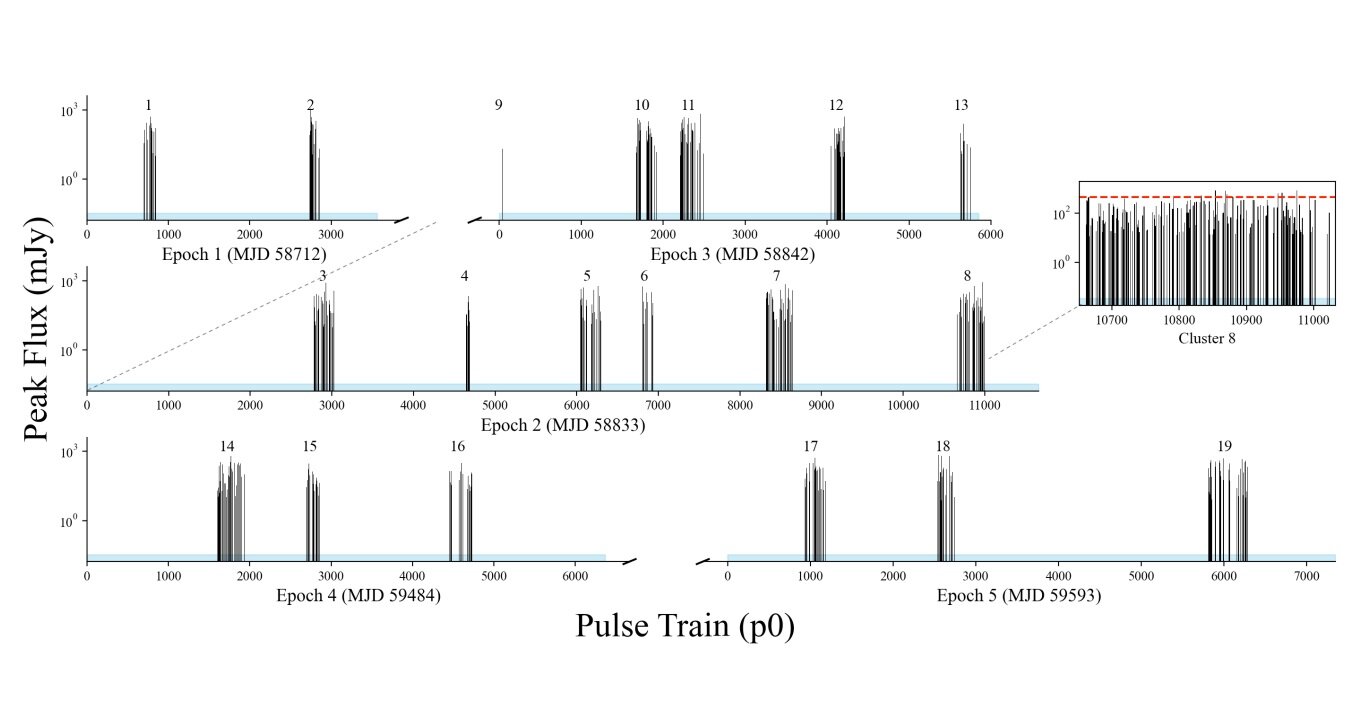
By conducting Varstrometry for Off-nucleus and Dual sub-Kpc AGN (VODKA), astronomers from the University of Illinois at Urbana-Champaign and elsewhere, have investigated a quasar known as SDSS J0823+2418. The study, published June 6 on the pre-print server arXiv, yields important insights into the true nature of this quasar.
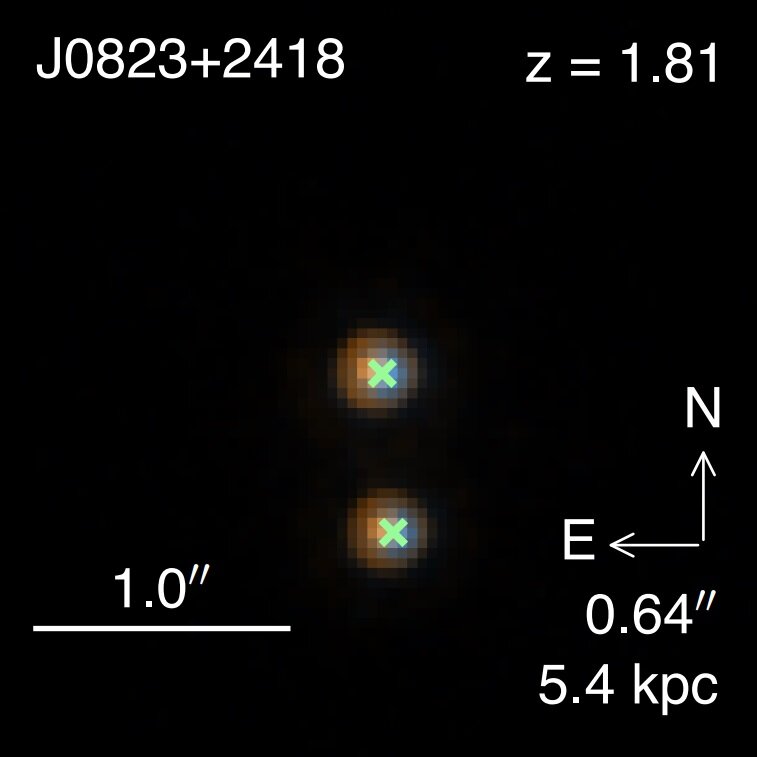
BREAKING: Scientists have found phosphorous, a key building block of life, in an ocean on Saturn's moon EnceladusIt's the first time the element has been found outside of Earth
The search for extraterrestrial life in our solar system just got more exciting. A team of scientists including Southwest Research Institute's Dr. Christopher Glein has discovered new evidence that the subsurface ocean of Saturn's moon Enceladus contains a key building block for life. The team directly detected phosphorus in the form of phosphates originating from the moon's ice-covered global ocean using data from NASA's Cassini mission. Cassini explored Saturn and its system of rings and moons for over 13 years.
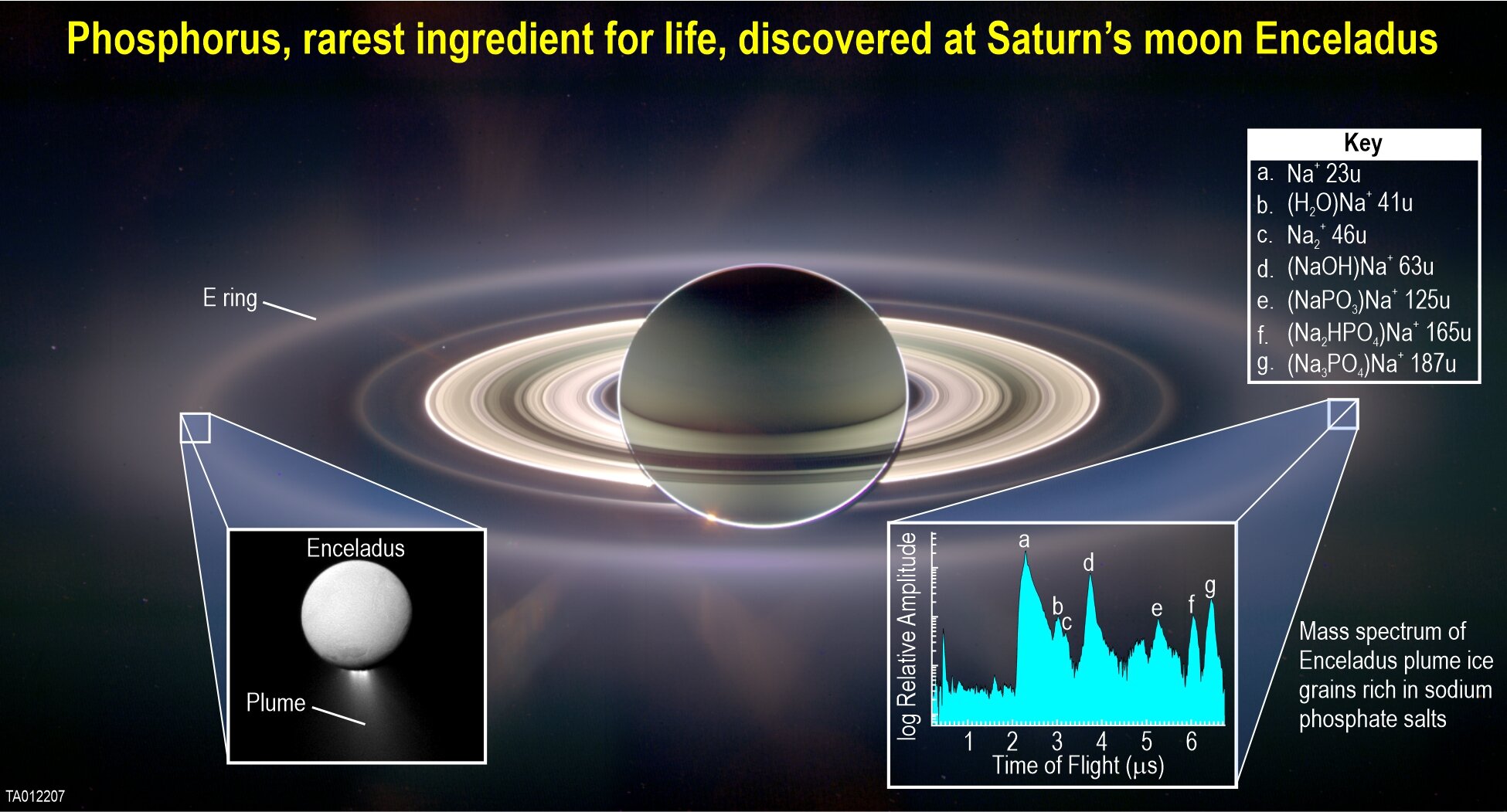
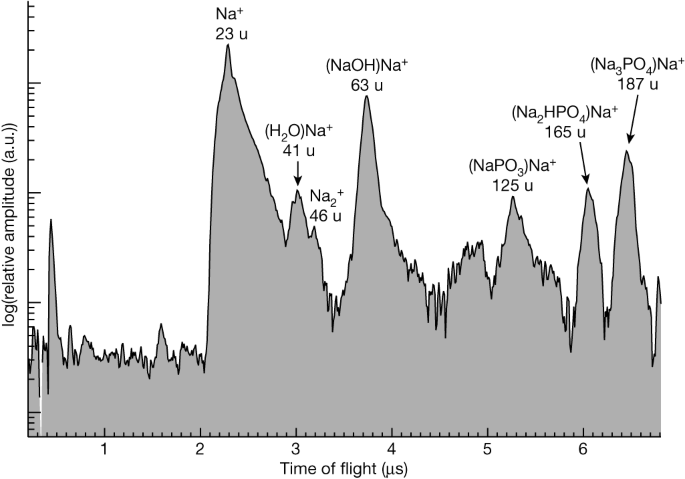
A rare type of white dwarf pulsar has been discovered for the second time only, in research led by the University of Warwick. White dwarf pulsars include a rapidly spinning, burnt-out stellar remnant called a white dwarf, which lashes its neighbor—a red dwarf—with powerful beams of electrical particles and radiation, causing the entire system to brighten and fade dramatically over regular intervals. This is owing to strong magnetic fields, but scientists are unsure what causes them.
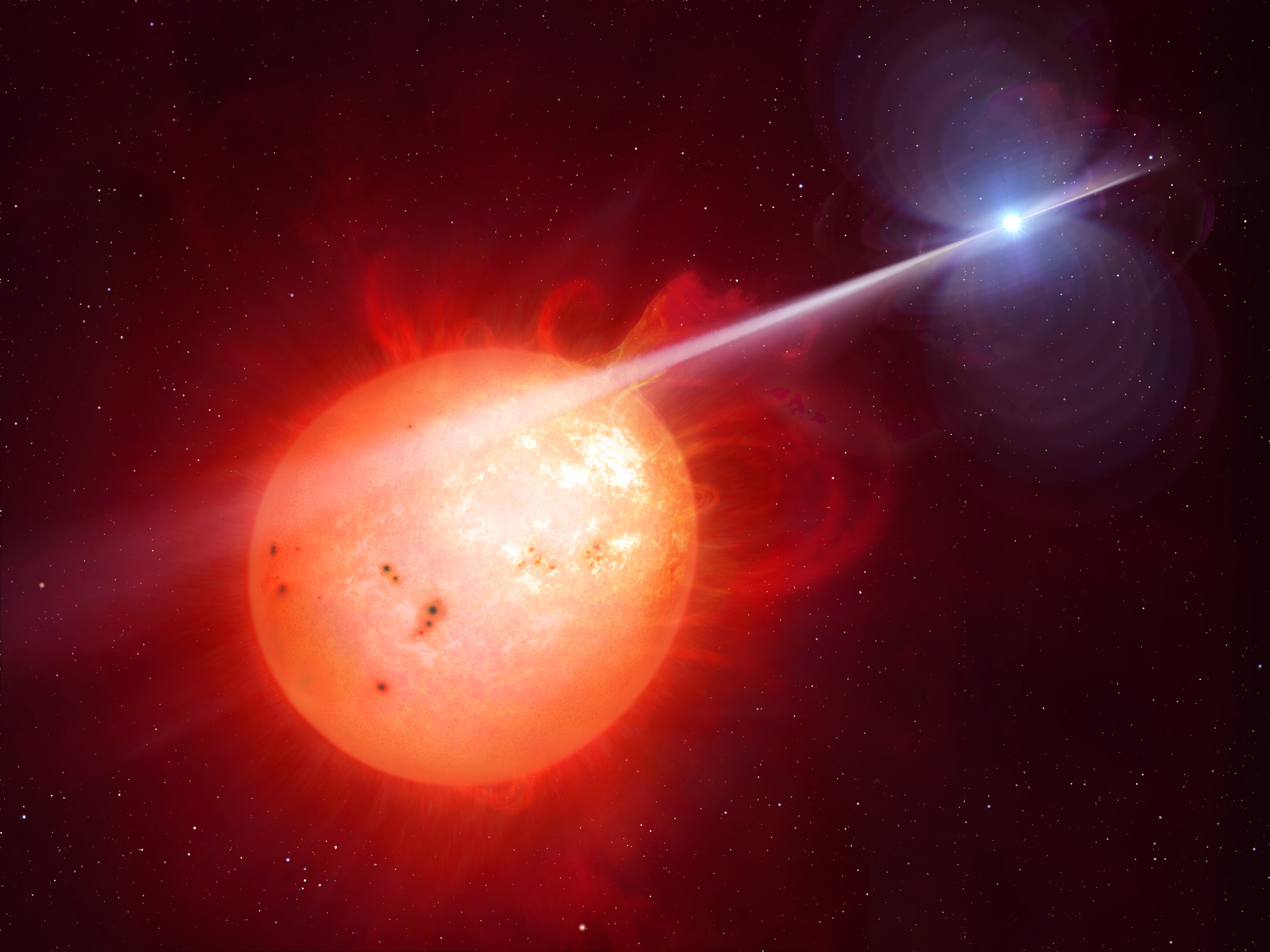
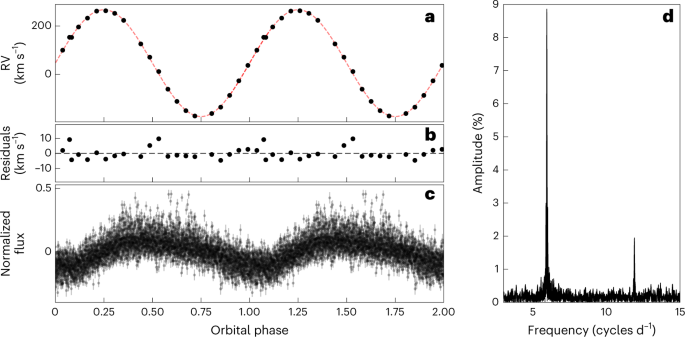
However, it appears that the length of a day on Earth hasn’t got slightly longer over deep time. There appears to have been a stalling, which may be responsible for a flourishing of plant life—and a surge in oxygen levels.

 www.forbes.com
www.forbes.com
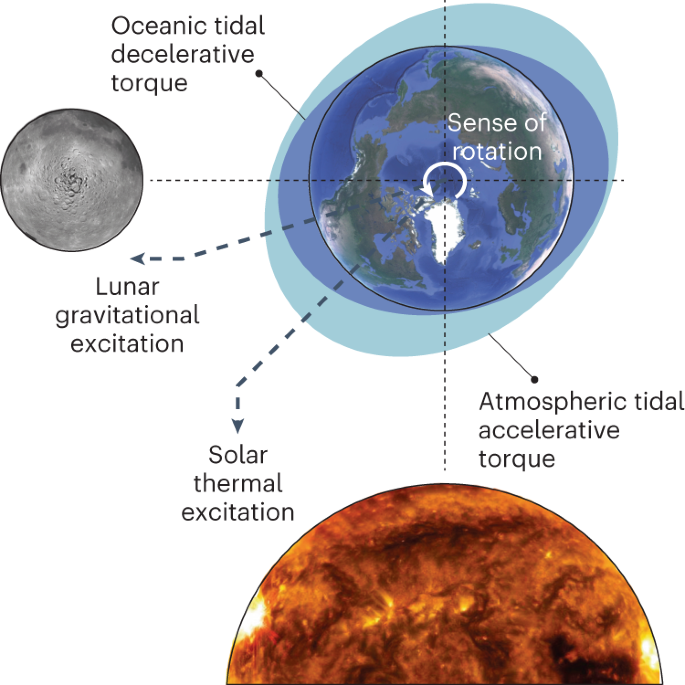
On 9 October 2022 a flash of high-intensity gamma rays was detected by NASA's Swift satellite coming from a galaxy 1.9 billion light-years away. Dubbed the "BOAT"—the "brightest of all time"—GRB 221009A was so exceptionally powerful that it actually sent shockwaves through Earth's ionosphere, the outer layer of our planet's atmosphere.
"If it had happened much closer, it would have been really bad," says Brendan O'Connor, an astronomer from George Washington University.
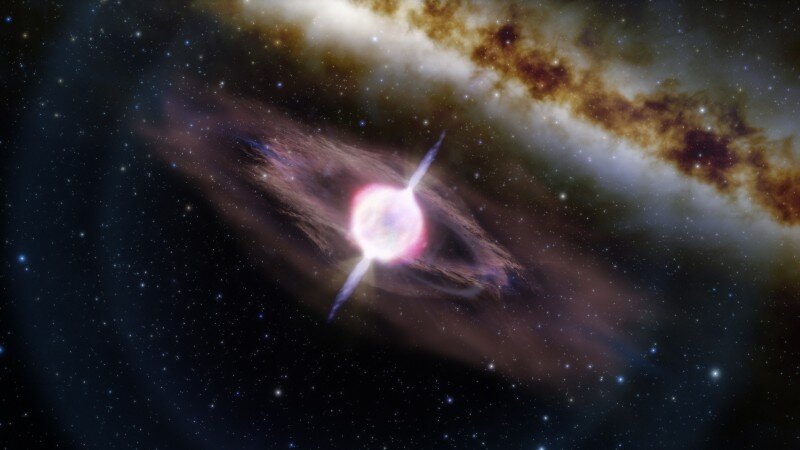
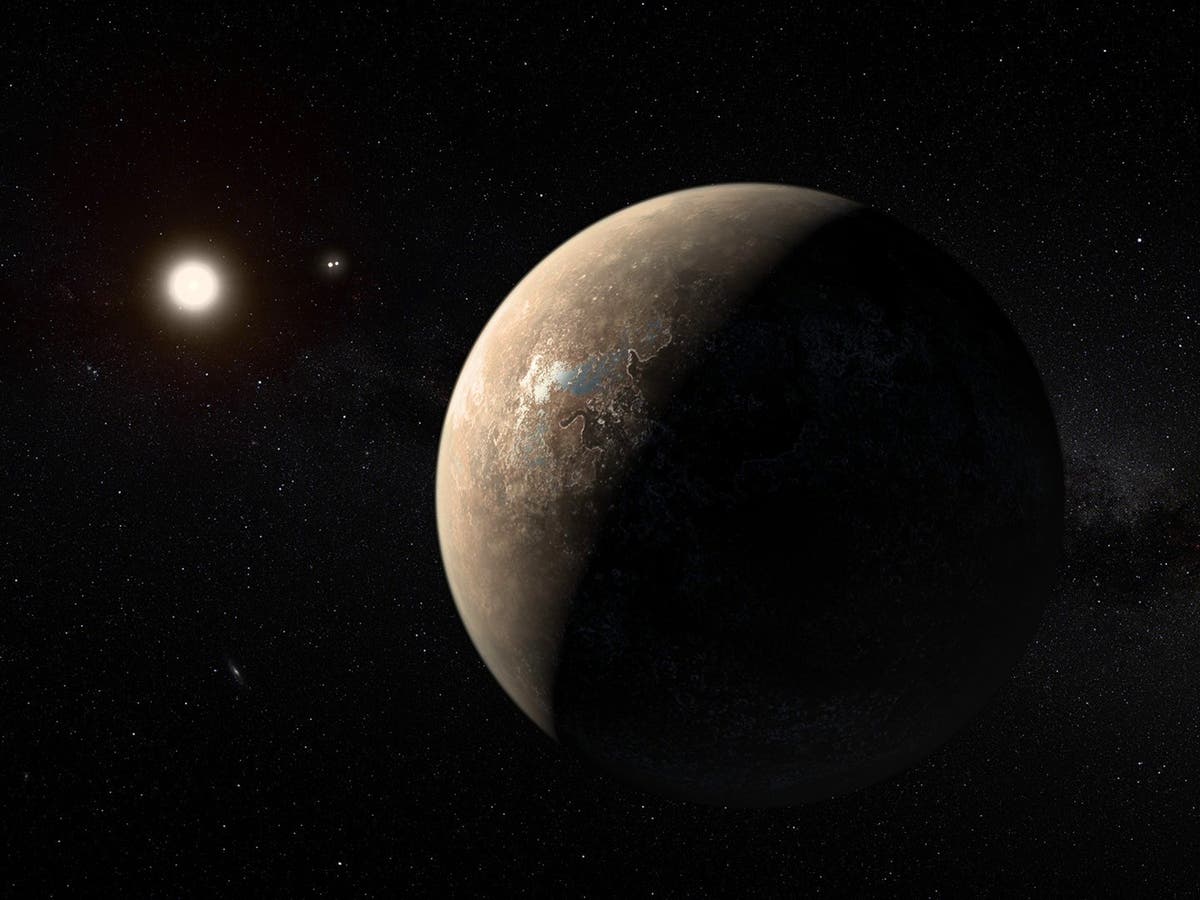
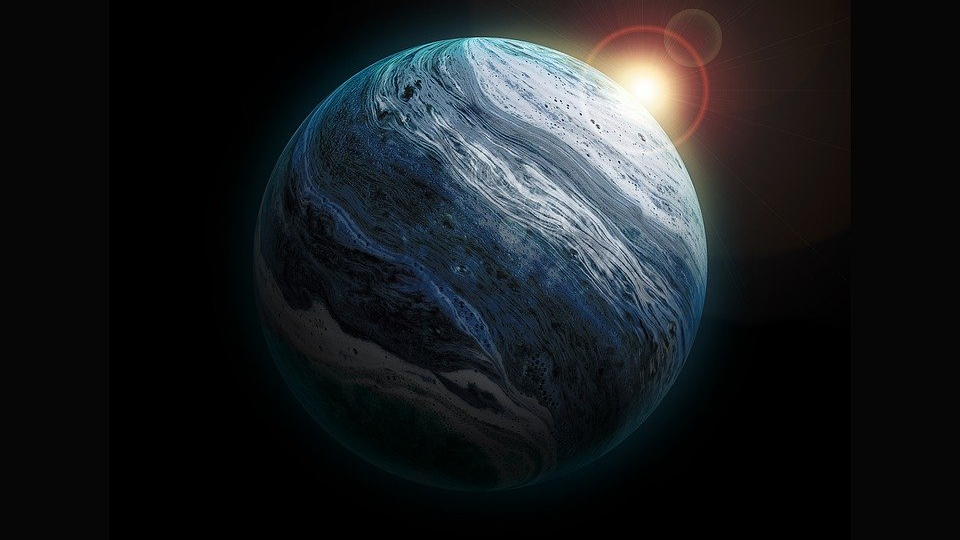
 www.giantfreakinrobot.com
www.giantfreakinrobot.com
The nearby exoplanet Proxima Centauri b will be a prime future target for characterization, despite questions about its retention of water. Climate models with static oceans suggest that an Earth-like Proxima b could harbor a small dayside region of surface liquid water at fairly warm temperatures despite its weak instellation. We present the first 3-dimensional climate simulations of Proxima b with a dynamic ocean. We find that an ocean-covered Proxima b could have a much broader area of surface liquid water but at much colder temperatures than previously suggested, due to ocean heat transport and depression of the freezing point by salinity. Elevated greenhouse gas concentrations do not necessarily produce more open ocean area because of possible dynamic regime transitions. For an evolutionary path leading to a highly saline present ocean, Proxima b could conceivably be an inhabited, mostly open ocean planet dominated by halophilic life. For an ocean planet in 3:2 spin-orbit resonance, a permanent tropical waterbelt exists for moderate eccentricity. Simulations of Proxima Centauri b may also be a model for the habitability of planets receiving similar instellation from slightly cooler or warmer stars, e.g., in the TRAPPIST-1, LHS 1140, GJ 273, and GJ 3293 systems.
Using the Hubble Space Telescope (HST) and Jansky Very Large Array (VLA), astronomers have investigated an ultra-diffuse galaxy known as UGC 9050-Dw1. Results of the study, published June 9 on the pre-print server arXiv, yield important insights into the properties of this galaxy.
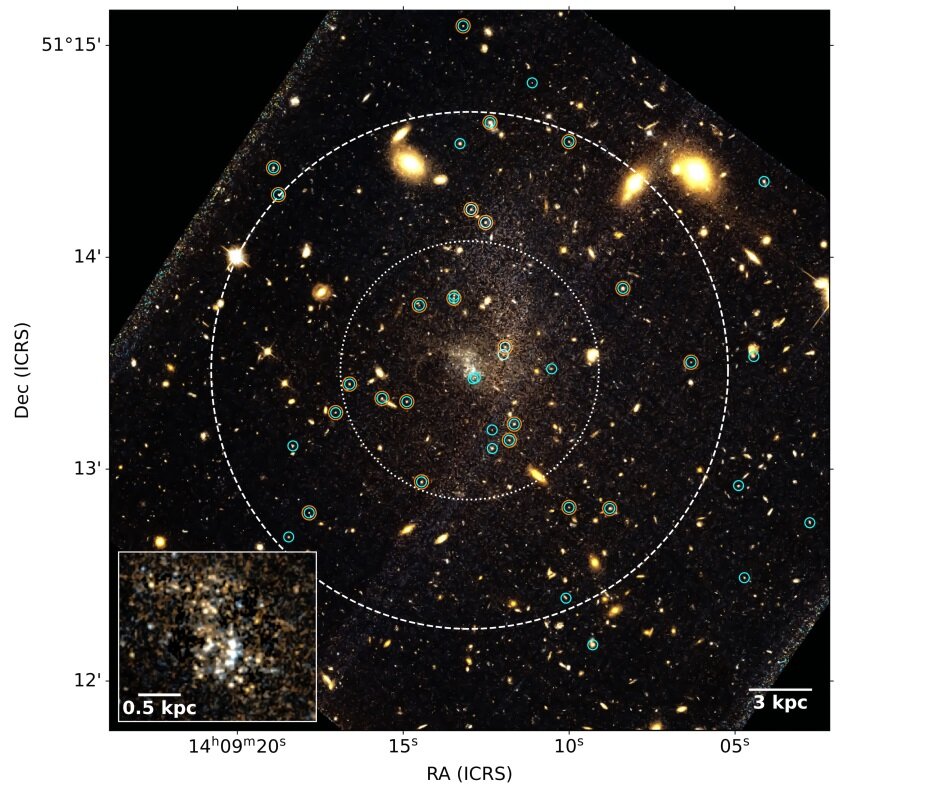
An international team of astronomers reports the discovery of a new mini-Neptune exoplanet orbiting a nearby star. The newfound alien world, designated TOI-2018 b, is about two times larger and nine times more massive than the Earth. The finding was detailed in a paper published June 13 on the pre-print server arXiv.
According to the paper, TOI-2018 b has a radius of about 2.27 Earth radii and a mass of about 9.2 Earth masses, which suggests an Earth-like core with a hydrogen/helium envelope, or an ice-rock mixture. The planet orbits its host star every 7.44 days and its equilibrium temperature is estimated to be 652 K.
Dai's team has also detected another object around TOI-2018, that may be an exoplanet. It is about 50% larger than the Earth and its mass is estimated to be not larger than 3.6 Earth masses. Follow-up observations are required in order to confirm planetary status of this object.
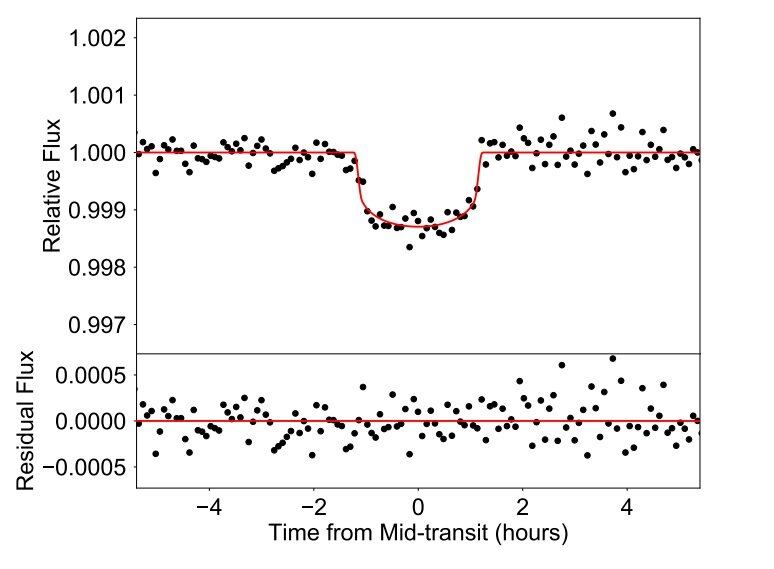
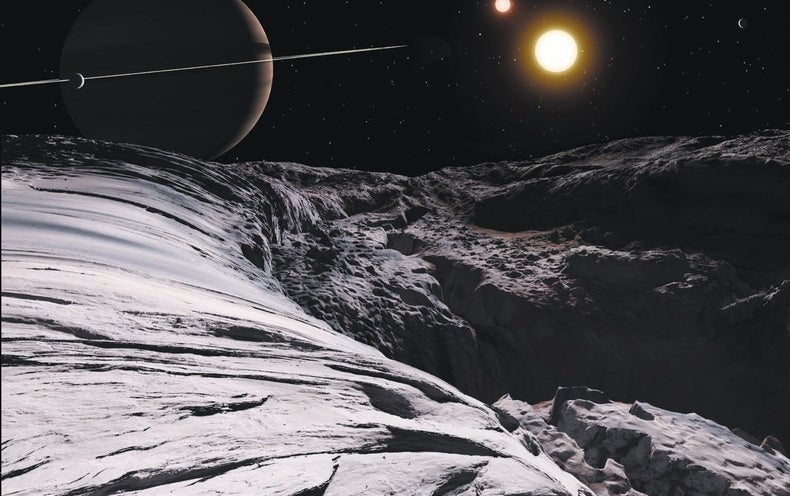
Astronomers using W. M. Keck Observatory on Maunakea, Hawaiʻi Island have discovered one of the lowest-mass planets whose images have been directly captured. Not only were they able to measure its mass, but they were also able to determine that its orbit is similar to the giant planets in our own solar system.
The planet, called AF Lep b, is among the first ever discovered using a technique called astrometry; this method measures the subtle movements of a host star over many years to help astronomers determine whether hard-to-see orbiting companions, including planets, are gravitationally tugging at it.
"Imaging planets is challenging," Franson said. "We only have about 15 examples, and we think this new 'dynamically informed' approach made possible by the Keck II telescope and NIRC2 adaptive optics imaging will be much more efficient compared to blind surveys which have been carried out for the past two decades."
Bowler said the team plans to continue studying AF Lep b.
"This will be an excellent target to further characterize with the James Webb Space Telescope and the next generation of large ground-based telescopes like the Giant Magellan Telescope and the Thirty Meter Telescope," Bowler said. "We're already planning more sensitive follow-up efforts at longer wavelengths to study the physical properties and atmospheric chemistry of this planet."
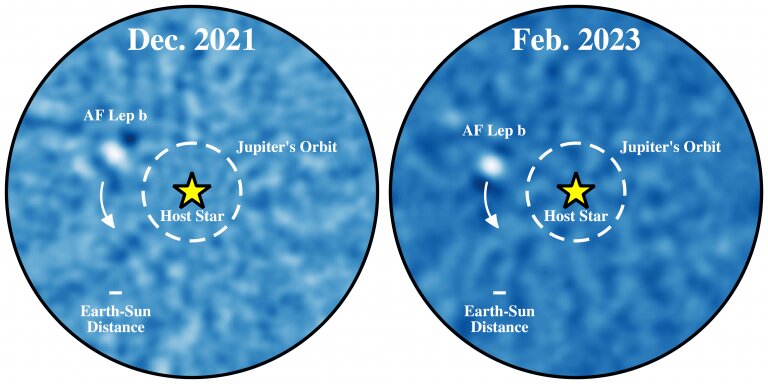
I adore Ms. Porco.Not sure if this is the right thread for this...
View: https://twitter.com/carolynporco/status/1672303689934209024?t=tDtkDCaeCr6qRgIYGPL4kA&s=19
